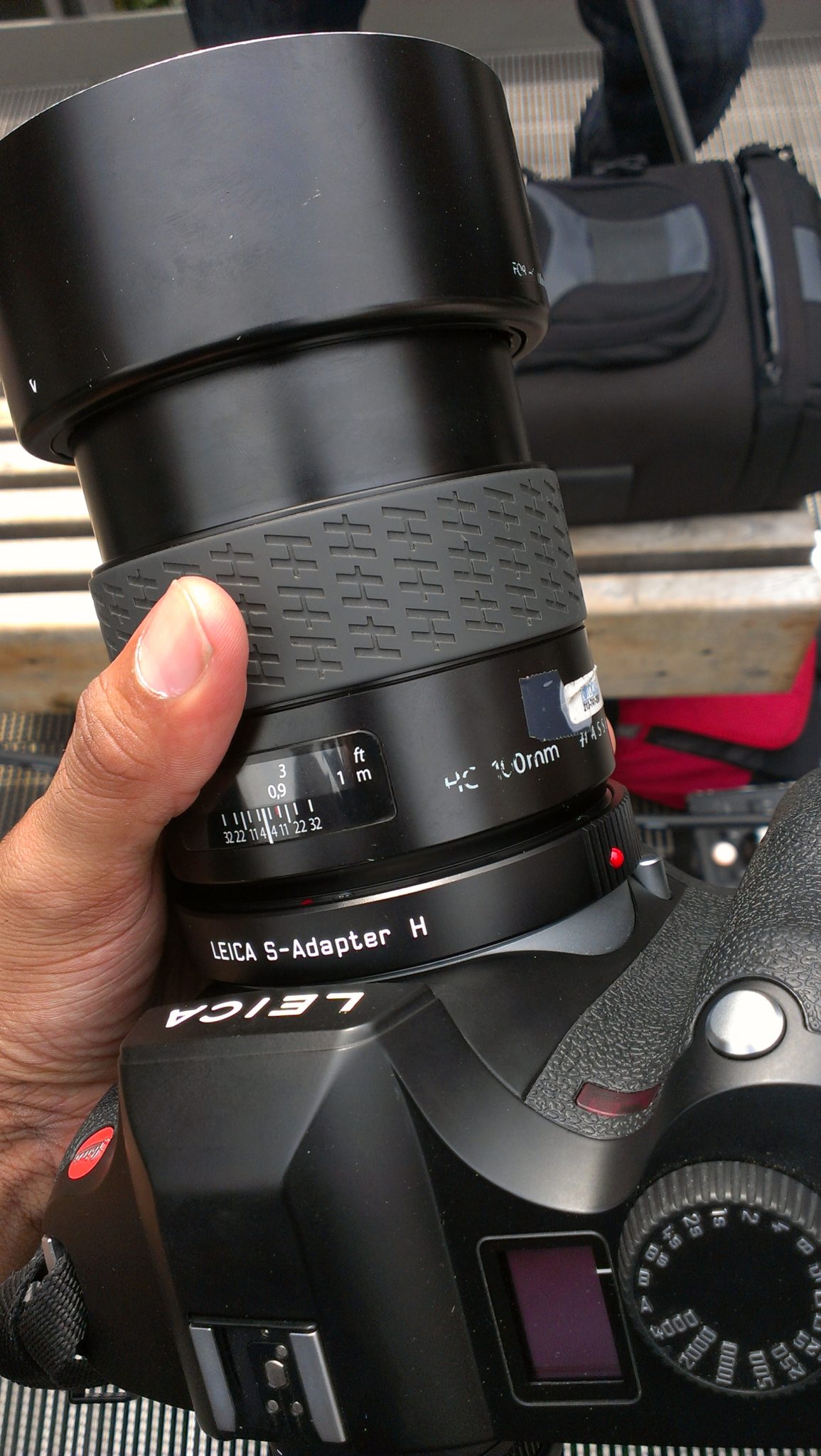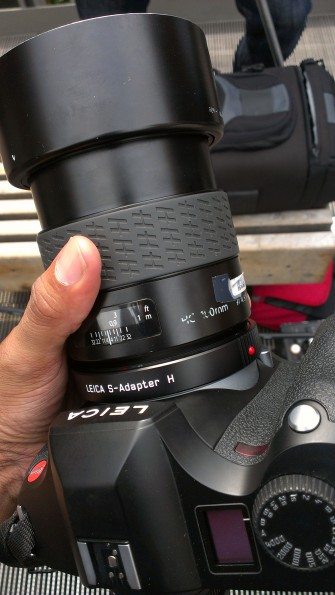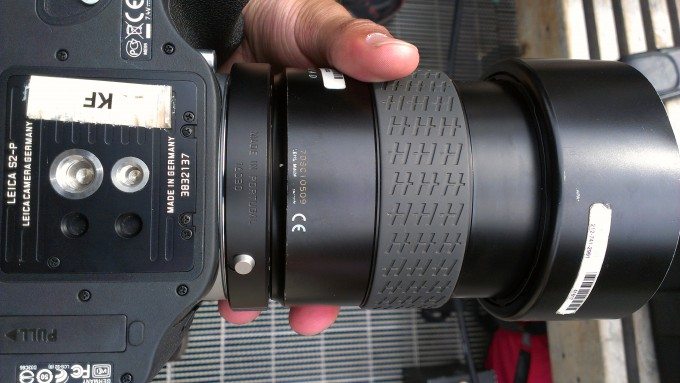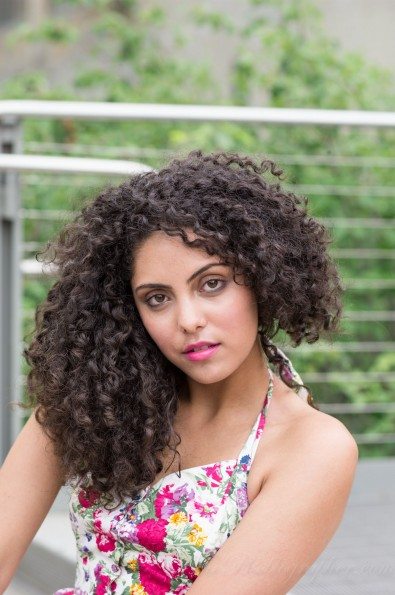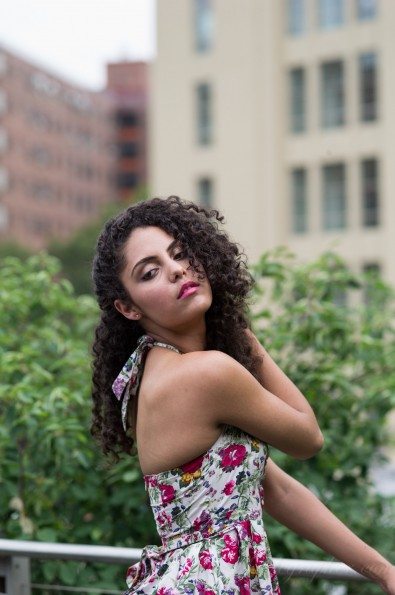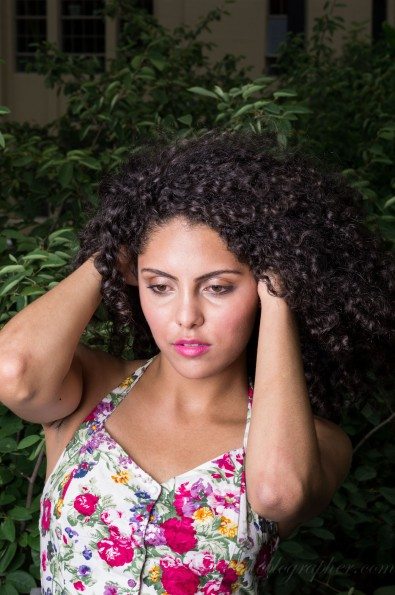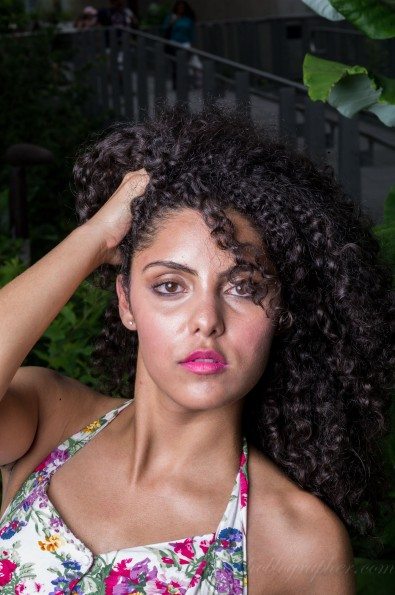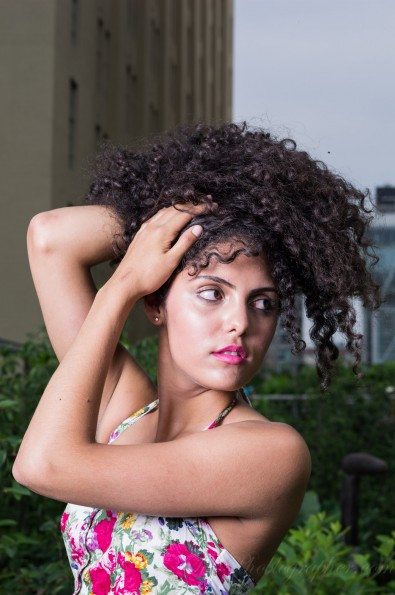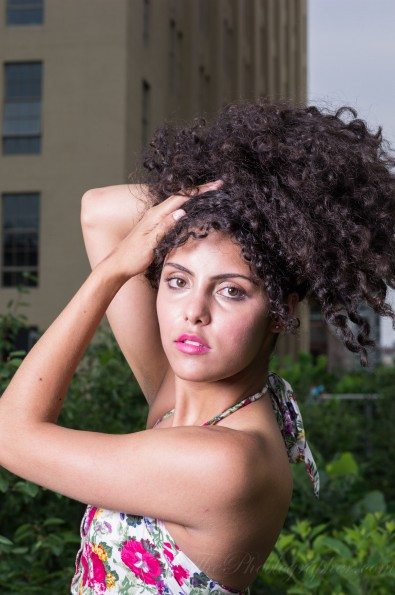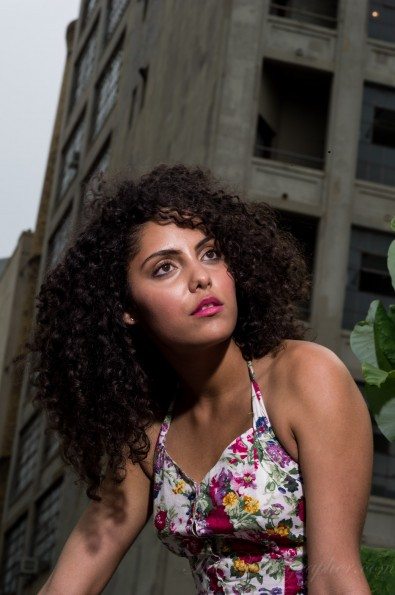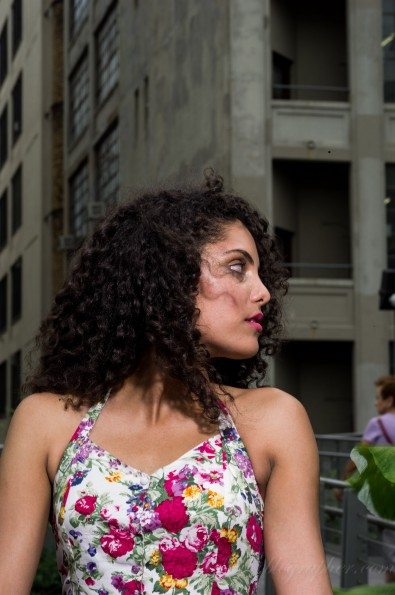Last Updated on 07/17/2012 by Julius Motal
Buried amongst the news of the Leica M Monochrom and the X2 (reviewed here) was the Leica S-Adapter for Hasselblad HC lenses like the Hasselblad H4D (previously used by us a couple of times). The adapter is designed for users to expand their existing lineup of lenses by incorporating the various Hasselblad lenses available. And best of all: they autofocus.
Gear Used
Tech Specs
Tech Specs are borrowed from the B&H Photo Video listing of the item
| Shutter Speed | S2 camera’s speeds: Up to 1/750 sec for central shutter in lens; 1/4000 sec for focal plane shutter in camera body |
| Compatibility | Supports the following H-system lenses:HCD 4 / 28mm HC 3.5 / 35mm HC 3.5 / 50mm II HC 2.8 / 80mm HC 2.2 / 100mm HC macro 4 / 120mm II HC 3.2 / 150mm HC 4 / 210mm HC 4.5 / 300mm HCD 4-5.6 / 35 – 90mm HC 3.5-4.5 / 50 – 110mm |
Ergonomics
The adapter is one of the most standard I’ve seen. First off, there is full electronic communication between the lens and camera and this is proven by the full electronic contacts. The little silver tab on it lets one release the lens from the adapter at will. But even then, it can require bit of strength. That’s a security issue, because we all know that we’d shriek at the sight of a Hasselblad lens dropping.
Focusing
I really have to say that the focusing with the lenses was extremely loud and also extremely mechanical. Sometimes the focusing also didn’t totally hit the target spot on, but to be fair I was sometime shooting with an f2.2 lens. On a medium format body, that is extremely shallow but also infinitely beautiful. Additionally, it must be mentioned that the focusing is much like the Canon 5D Mk II’s in that the point needs to be placed on an area of contrast in order to get the best results.
The S2 has only one focusing point in the center, and the unit has a split-prism finder to make manual focusing (if needed) that much easier.
Image Quality
 I crashed Profoto’s little demo party on the New York High Line where they were demoing their D1 Air system to potential customers and attendees. Using the PocketWizard Plus III transmitters, I was able to trigger the Profoto system. The Leica S2 was able to sync its flash speed only to 1/125th of a second. Additionally, I often shot at either ISO 160 or Pull 80. At ISO 320, one can obviously see noise when looking at 100%, but otherwise not at all.
I crashed Profoto’s little demo party on the New York High Line where they were demoing their D1 Air system to potential customers and attendees. Using the PocketWizard Plus III transmitters, I was able to trigger the Profoto system. The Leica S2 was able to sync its flash speed only to 1/125th of a second. Additionally, I often shot at either ISO 160 or Pull 80. At ISO 320, one can obviously see noise when looking at 100%, but otherwise not at all.
Hasselblad’s lenses have always been wonderful in my eyes and I know that each one contains Fujinon glass. If you’re not familiar with their lenses, those that own the X Pro 1 system will take note. That’s a much lower end product though.
To do this, I met up with Kelsey Fain: Leica’s S System product manager and also a really excellent photographer herself whose travel and studio photography I’ve often in complete awe of.
She explained to me that in trails, Hasselblad’s lenses aren’t as sharp as Leica’s. When saying that, I immediately thought to myself, “Well, that could very well be true because the Hassy lenses are older.”
Due to the older designs, the lenses were also noisier than Leica’s. But in real life use, that often won’t matter because it’s not like you’re going to try to do stealthy work with an S2. Instead, you’ll often instead be photographing portraits, landscapes, and other stationary images. Once you start getting to formats larger than 35mm full frame, you’re also looking at the need to study a subject, slow down, and take your time in shooting them carefully. With all this said, you’ll need to also keep in mind that you can only use the center focusing point and that in order to compose an image, your subject will need to be centered and you’ll need to move around due to the fact that most of the lenses are primes.
To be very honest, I often stay away from medium format zoom lenses.
Something that also really saved these images are the ability of the files to recover details from the highlights. In my initial tests, I wasn’t so pleased with trying to push them vs pulling them.
Here are some more sample images from the Hassy lens noted in the gear section up above:
Photos shot with the Leica 120mm f2.5
My findings were that the Leica lenses were much, much sharper. These two images were taken with a near equivalent Leica lens.
Conclusions
While this whole session lasted for only around three hours, it did provide me with enough of a real world experience to give a couple of first impressions. If you’re an S2 owner and want to expand your lens lineup, Hasselblad does make many more affordable lenses. If you plan on stopping the lenses down for your work (which many studio photographers will do) then I encourage you to save some money and spring for the Hassy lenses to obtain more than enough sharpness. With the left over money, you can either make critical investments into your workflow management tools, color calibration, or even lighting.
If you plan on shooting wide open often the way that many documentarians and natural light photographers want to because of how much they enjoy the look of medium format, then you’d be shooting yourself in the foot by not biting the bullet and going for the Leica lenses.
I’m currently writing this post on a Friday night with the S2 and lenses in my possession for the weekend. A review of the Leica S2 is coming soon.
Please Support The Phoblographer
We love to bring you guys the latest and greatest news and gear related stuff. However, we can’t keep doing that unless we have your continued support. If you would like to purchase any of the items mentioned, please do so by clicking our links first and then purchasing the items as we then get a small portion of the sale to help run the website.


